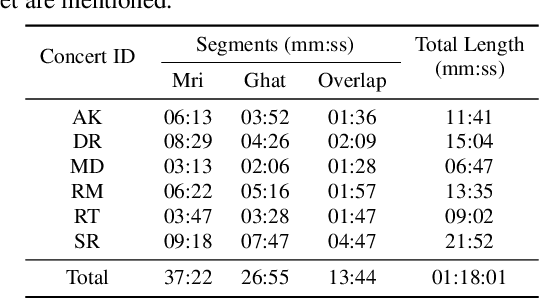C. Chandra Sekhar
Memory-efficient Stochastic methods for Memory-based Transformers
Nov 14, 2023Abstract:Training Memory-based transformers can require a large amount of memory and can be quite inefficient. We propose a novel two-phase training mechanism and a novel regularization technique to improve the training efficiency of memory-based transformers, which are often used for long-range context problems. For our experiments, we consider transformer-XL as our baseline model which is one of memorybased transformer models. We show that our resultant model, Skip Cross-head TransformerXL, outperforms the baseline on character level language modeling task with similar parameters and outperforms the baseline on word level language modelling task with almost 20% fewer parameters. Our proposed methods do not require any additional memory. We also demonstrate the effectiveness of our regularization mechanism on BERT which shows similar performance with reduction in standard deviation of scores of around 30% on multiple GLUE tasks.
Front-end Diarization for Percussion Separation in Taniavartanam of Carnatic Music Concerts
Mar 04, 2021



Abstract:Instrument separation in an ensemble is a challenging task. In this work, we address the problem of separating the percussive voices in the taniavartanam segments of Carnatic music. In taniavartanam, a number of percussive instruments play together or in tandem. Separation of instruments in regions where only one percussion is present leads to interference and artifacts at the output, as source separation algorithms assume the presence of multiple percussive voices throughout the audio segment. We prevent this by first subjecting the taniavartanam to diarization. This process results in homogeneous clusters consisting of segments of either a single voice or multiple voices. A cluster of segments with multiple voices is identified using the Gaussian mixture model (GMM), which is then subjected to source separation. A deep recurrent neural network (DRNN) based approach is used to separate the multiple instrument segments. The effectiveness of the proposed system is evaluated on a standard Carnatic music dataset. The proposed approach provides close-to-oracle performance for non-overlapping segments and a significant improvement over traditional separation schemes.
 Add to Chrome
Add to Chrome Add to Firefox
Add to Firefox Add to Edge
Add to Edge